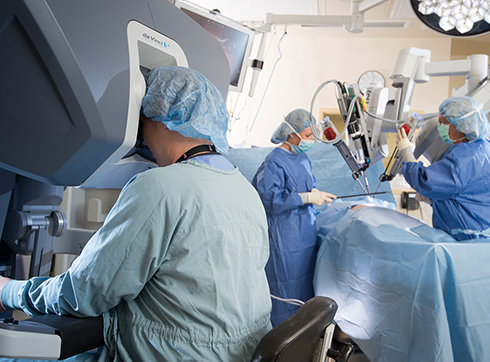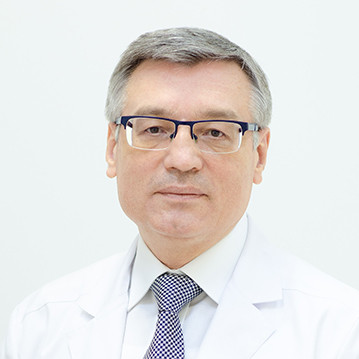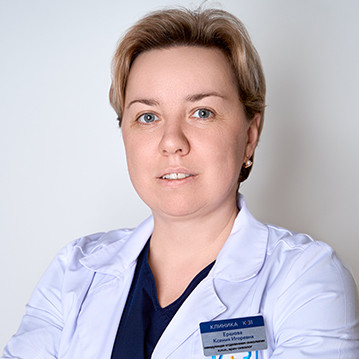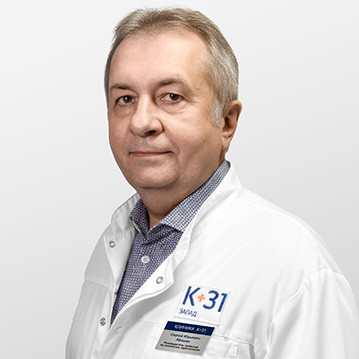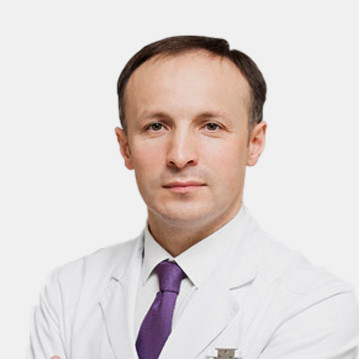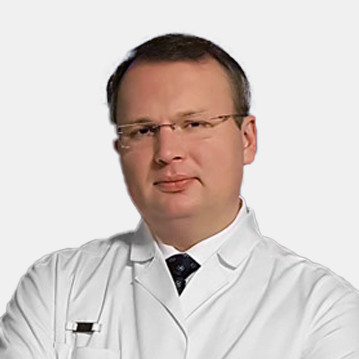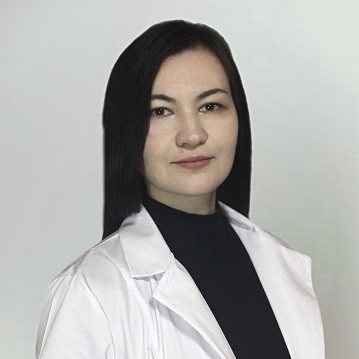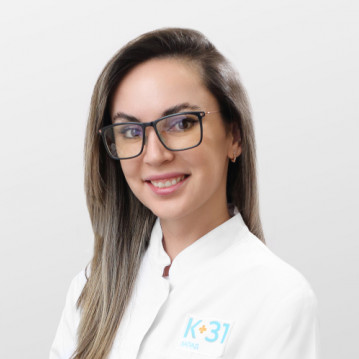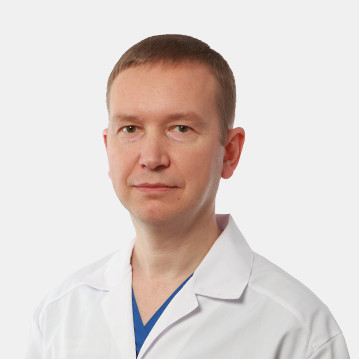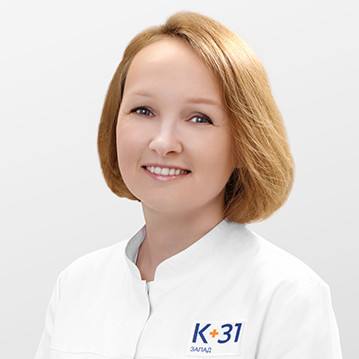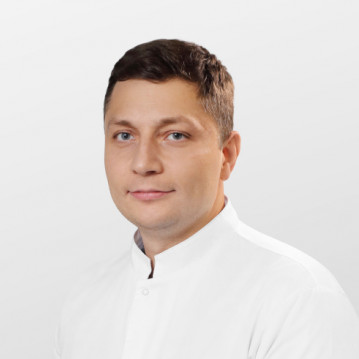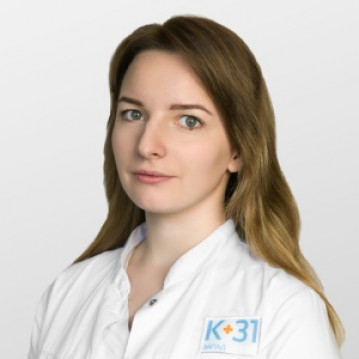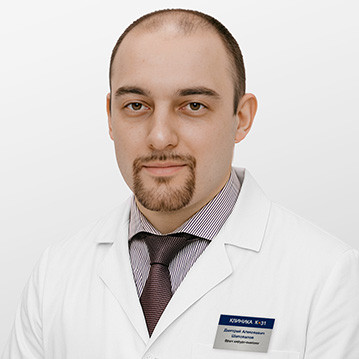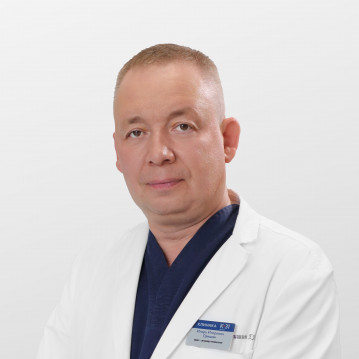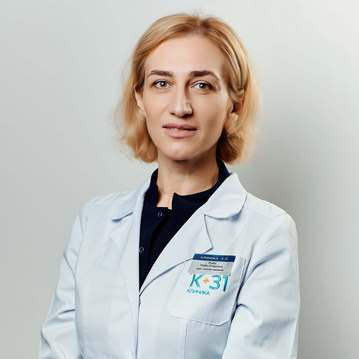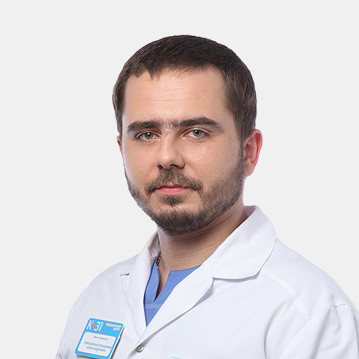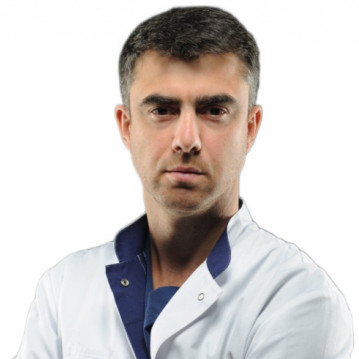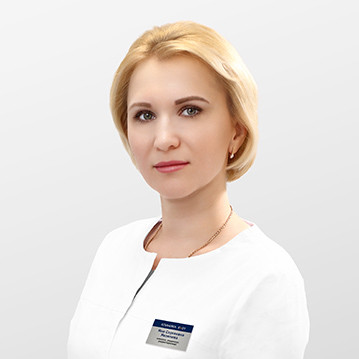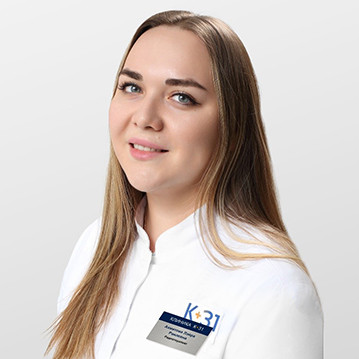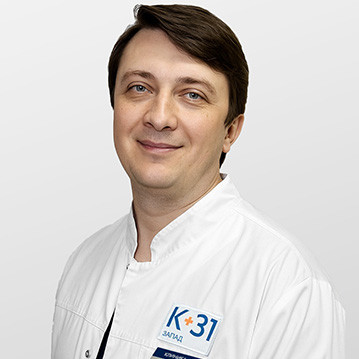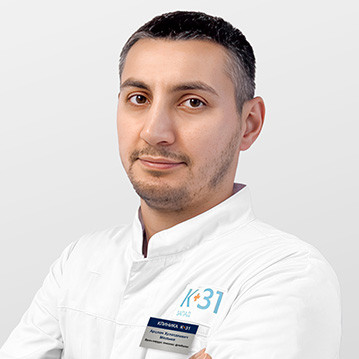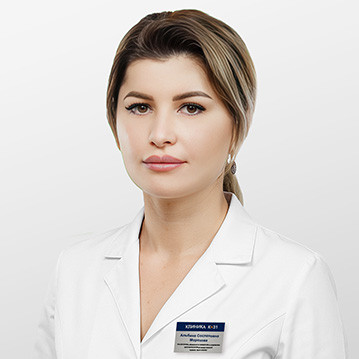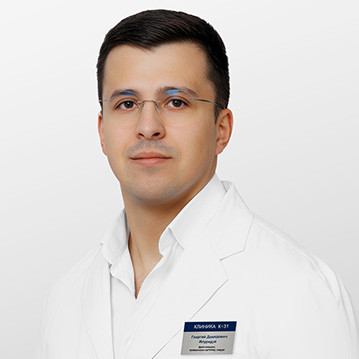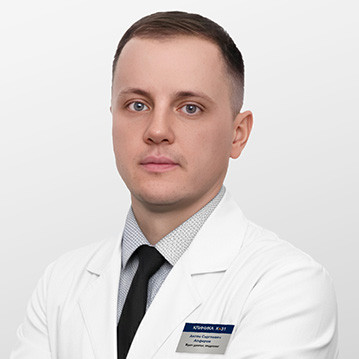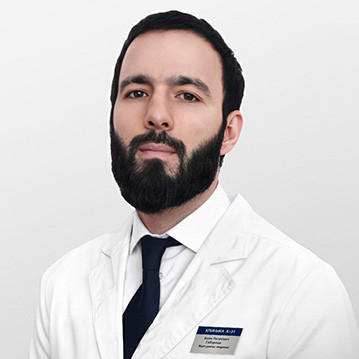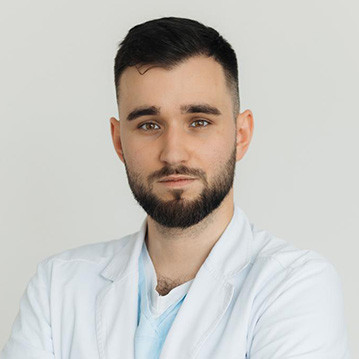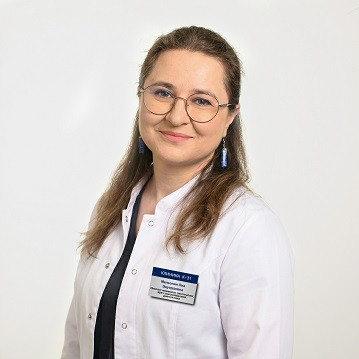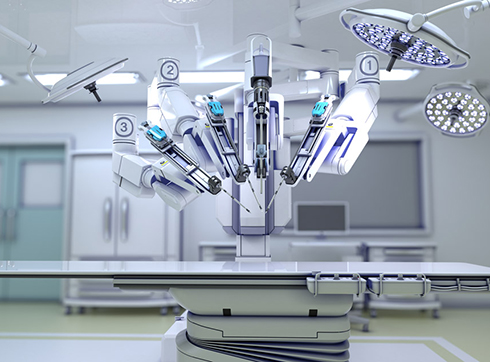
Robotic surgery is surgery using a robot under the control of a surgeon. This technology began to be applied in 2000 in urology, and it began to spread rapidly around the world, including in Russia, where 25 such surgical systems were already in use in 2016. There is also a robot surgeon in our clinic, and robotic operations are regularly performed on it.
Robotic surgery has found medical applications in many areas. It is used in gynecology and urology, in coloproctology, cardiology, otolaryngology, etc. It is used to treat cancer and remove tumors. This technology has been tested on a variety of surgical interventions of varying complexity and has significantly advanced the quality of surgery and rehabilitation after surgery.
What is robotic surgery?
The da Vinci robot is a special device that allows for much more subtle manipulations, than the hands of a surgeon. Robot tools flex in all sorts of directions and with less damage to the body than during a conventional operation. In addition, the robotic surgery device can do three-dimensional image of the internal parts of the body, which greatly increases the control over the performance of the surgical intervention. The robot is controlled by the surgeon, but all his movements are converted into smaller and more precise ones, which makes the procedure effective and safe for the patient and prevents complications after the operation.
The da Vinci Robotic Surgery Device consists of a console and a robotic arm. The console is designed for the surgeon, who plays the role of an operator and with its help controls the da Vinci robot and monitors the progress of the operation. The robot has four "arms" at its disposal: a camera and three surgical instruments. Behind the console, the surgeon sees an enlarged 3D image of the internal organs and tissues of the operated person and uses joysticks to control the robot's instruments from a comfortable chair, rather than bending over the operating table. At the same time, the movements of the instruments have a smaller amplitude and greater accuracy, as well as a wider range of movements, which the surgeon's hands are not capable of. This allows you to do without large scars and damage to internal tissues after surgery.
Thanks to the robotic surgery system, it is possible to obtain a visualization of the process in the most inaccessible areas of the body for the human eye. The surgeon is less tired, can concentrate better, and hand tremor, if it occurs, is extinguished by da Vinci systems.
The robotic surgery system is constantly being improved, the software is being updated, new programs are being created, and the range of surgical procedures that can be performed on this device is expanding.
In our clinic, robotic operations are performed on new modern equipment by highly qualified specialists. Call us by phone or leave a request on the site, and we will contact you as soon as possible.
How are the robotic surgeries going?
Before robotic surgery, the surgeon needs to make several very small incisions to allow access to the instruments to the target area. Then at the console, he controls da Vinci's miniature instruments, keeping track of every step. The robot does not perform any programmed actions. All interventions are carried out under the constant supervision of the surgeon. Human actions in real time are translated into the movements of robotic "arms". At the same time, the surgeon's console can be located right next to the operating table or at some distance from it. But in any case, a surgical assistant is always near the patient.
Robotic surgery allows:
- perform the operation with a minimum of tissue damage and blood loss of the patient;
- perform the operation in the most inaccessible places;
- to prevent many of the complications that often occur after surgery;
- Ensure a quick recovery of the patient after surgery.
In our clinic you can get all the benefits of robotic surgery under the supervision of highly qualified experienced doctors.
Robotic surgery in the treatment of diseases
In each case, the steps and stages of a robotic operation are developed individually, taking into account the situation, the place of operation, the nature of the disease and the patient's condition, the size and location of the tumor, and the stage of cancer. The robot allows you to perform very delicate procedures. For example, to remove a malignant tumor completely, preventing the risk of recurrence. At the same time, it will not touch the internal organs or nerve endings, which happens during such interventions in the body. With da Vinci you can get by with minimal blood loss during robotic surgery. All this will allow the patient to recover quickly after surgery with a minimum of unpleasant consequences.
The following surgical procedures are performed using robotic surgery:
- heart surgery;
- resection of lung lobes;
- esophagectomy (removal of part of the esophagus);
- thyroid resection;
- tonsillectomy (removal of the tonsils);
- nephrectomy (removal of the kidney);
- removal of tumors of the prostate gland, uterus and its appendages, large intestine;
- disc replacement;
- and others.
Robotic surgery is still a young field of medicine, but it has already shown its best side. For example, the vast majority of prostate tumor surgeries in the United States are performed using a robot. And the percentage of recovery of erectile function after surgery is higher than after traditional surgery.
In our clinic, various diseases are treated using the achievements of robotic surgery. Call us by phone to find out the details and the range of procedures performed or sign up for a consultation with a doctor on the website.
